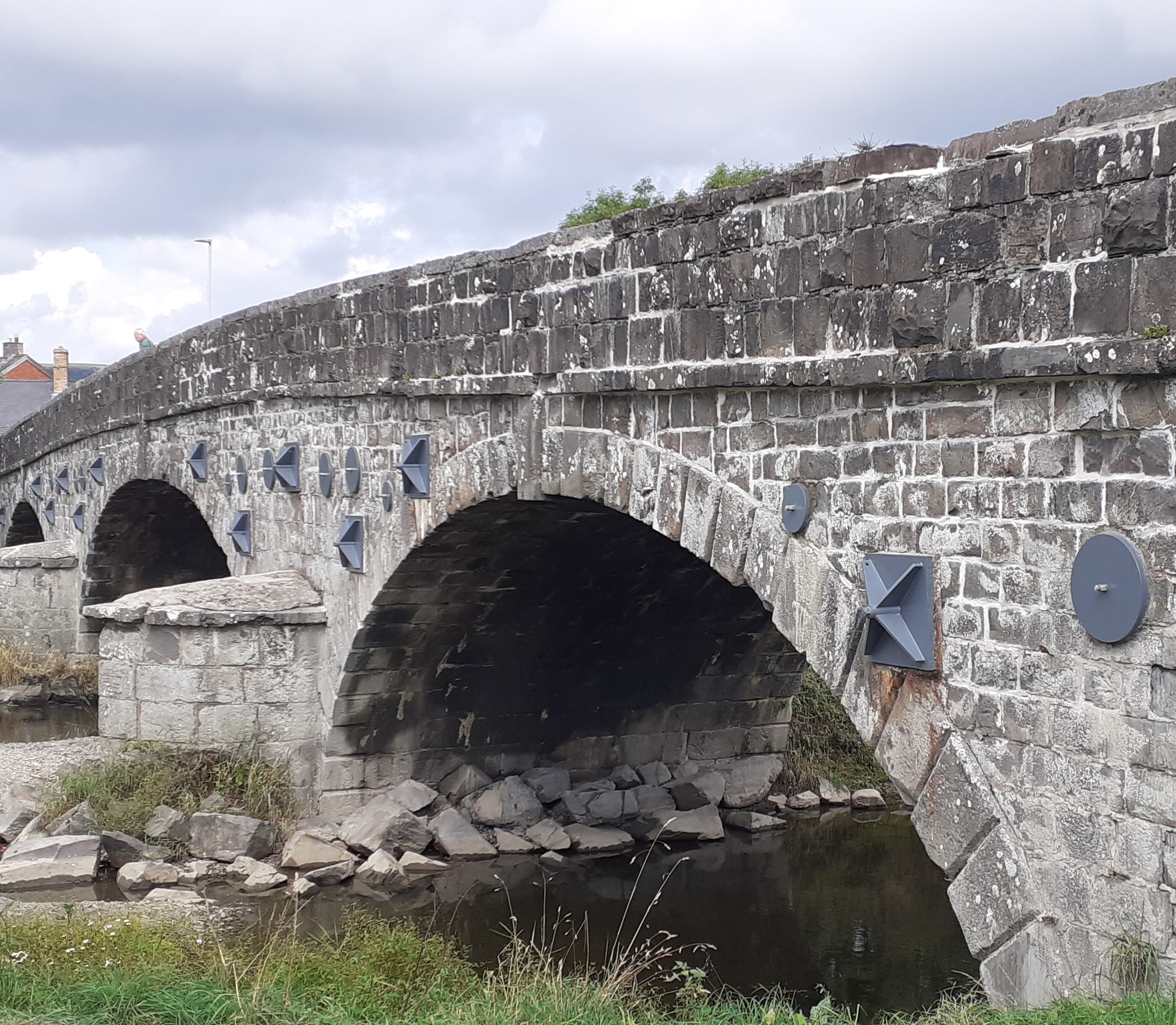There is an urgent need to make changes to the way we build, maintain and operate bridges to respond to the climate crisis. A critical part of this process is identifying where we can make the biggest savings in the shortest time.
Bridges are one of the most capital carbon-intensive elements of transport infrastructure; as critical assets in the modern transport network, they must
be safe, economic and beneficial for society, but bridge owners must lead the way on measuring and seeking to reduce their carbon impact.
Decisions made during the lifetime of a bridge will directly impact its carbon footprint; we need to establish a standard process for calculating carbon, and commit to measuring it and using the outcomes to guide decisions.
The most effective step to reducing carbon is to build nothing, and this links directly to our challenge of extending the life of existing structures. In all cases we should strive to maintain or improve the bridges that we already have, rather than build new ones. Improving our understanding of how bridges are performing will assist us in this, as will the development of new technologies and awareness and skills training across the industry. However, bridges should not be taken in isolation; their role in generating value must be considered alongside financial costs and environmental impact – whether by unlocking new routes or by keeping existing bridges operational.
The capital carbon in a new bridge might facilitate broader carbon savings, for example by enabling transfer to a lower-carbon transport system, or by encouraging active travel.
KEY THEMES
Existing guidance is largely aimed at the building sector; the Net Zero Bridges Group is working to develop bridge-specific resources.
With the right maintenance, most bridges in the developed world can be retained in perpetuity, so decarbonisation must focus on prolonging the life of existing assets.
Significant savings can be made in the early design stages if alternatives such as embankments, tunnels or different alignments are considered.
With a design life of more than 100 years, today’s bridges are likely to be exposed to extreme environmental loading due to climate change.
Publicly-funded infrastructure clients rarely have the appetite for risk that is necessary to try something new to reduce carbon; they may address this by applying technical codes of practice more rigorously, or by demanding a stronger evidence base for non-compliant proposals including novel materials.
Further reading www.netzerobridges.org

Caersws Bridge in Montgomeryshire (Welsh Government)
AREAS FOR DEVELOPMENT
Making carbon integral to
bridge management
- Bring carbon targets into the
procurement process - PAS2080 application across
all projects - Benchmarked bridge-specific
data and guidance
Research and data gathering
- Mandate benchmarked carbon
data reporting especially as-built,
including Environmental Product
Declarations
- Performance testing of low
carbon concrete - Smarter fabrication
- Cross-industry pilot projects
Knowledge and training
- Carbon literacy and net zero
training across the sector and
bridge lifecycle
Focus on existing bridges as the
place where greatest savings
are possible
